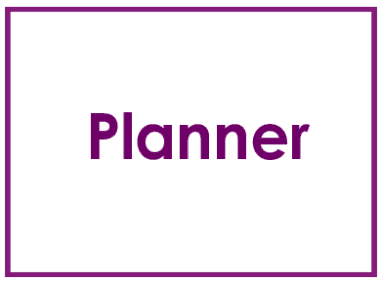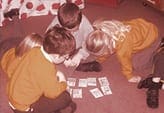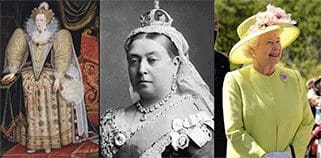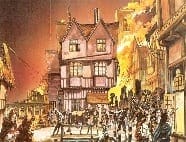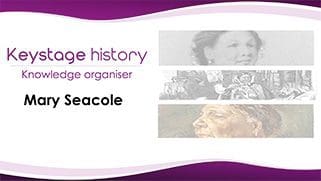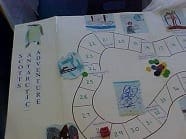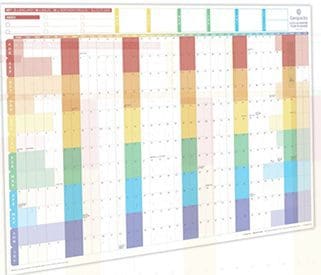
It goes without saying that a history improvement plan must reflect the whole school approach. There is no need for it to be different. Usually the following structure is used in grid format.
1. Area for development
- A limited number of areas for improvement
- Clear concise description e.g. to improve Y5 and 6 pupils’ ability to cross-reference and evaluate source material or maybe to strengthen the teaching of interpretations in KS1 or even to improve the learning of chronology across the school.
2. Actions
- A precise description of what actions need to be taken (and by whom) and who will be responsible e.g. every teacher must use the interactive timeline on the wall or on the IWB as identified on the medium-term planning. Include start and finish dates.
- Resources allocated e.g. flexible laminated timeline in each classroom with set of iconic images and date cards.
3. Targets/success criteria
- This


